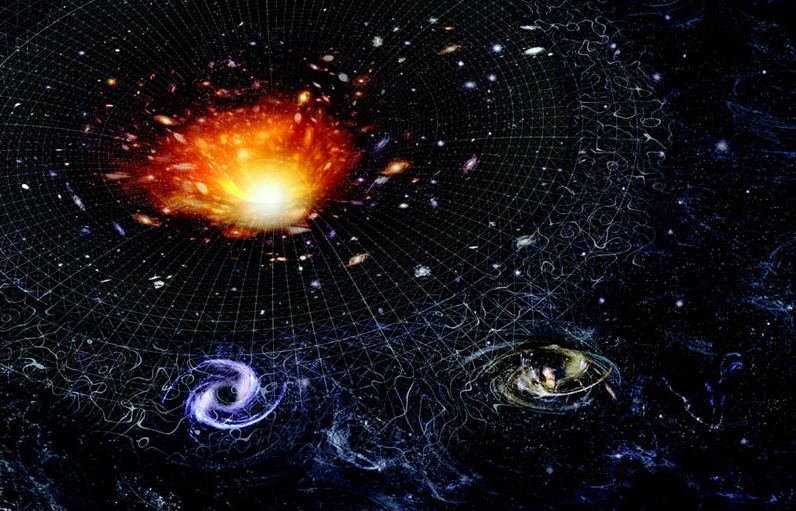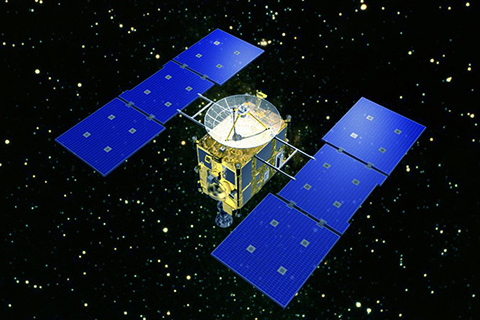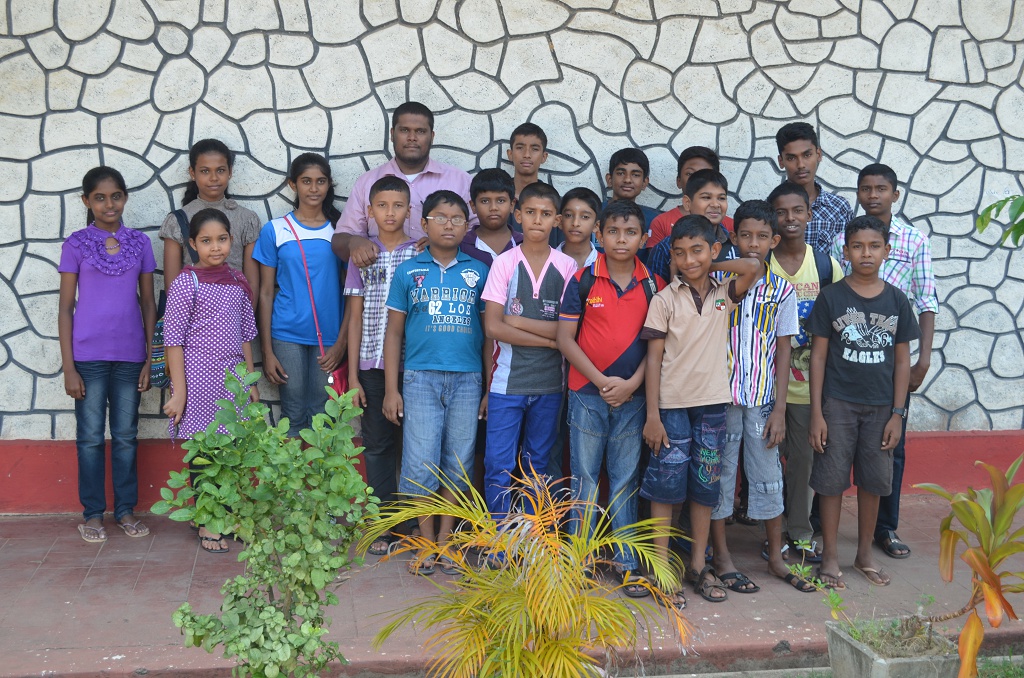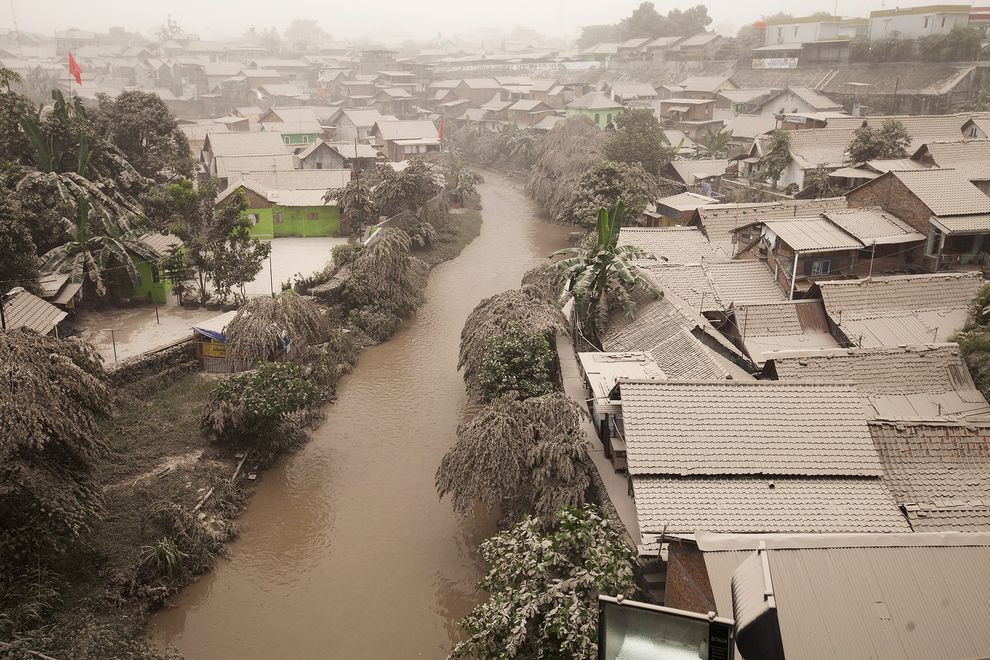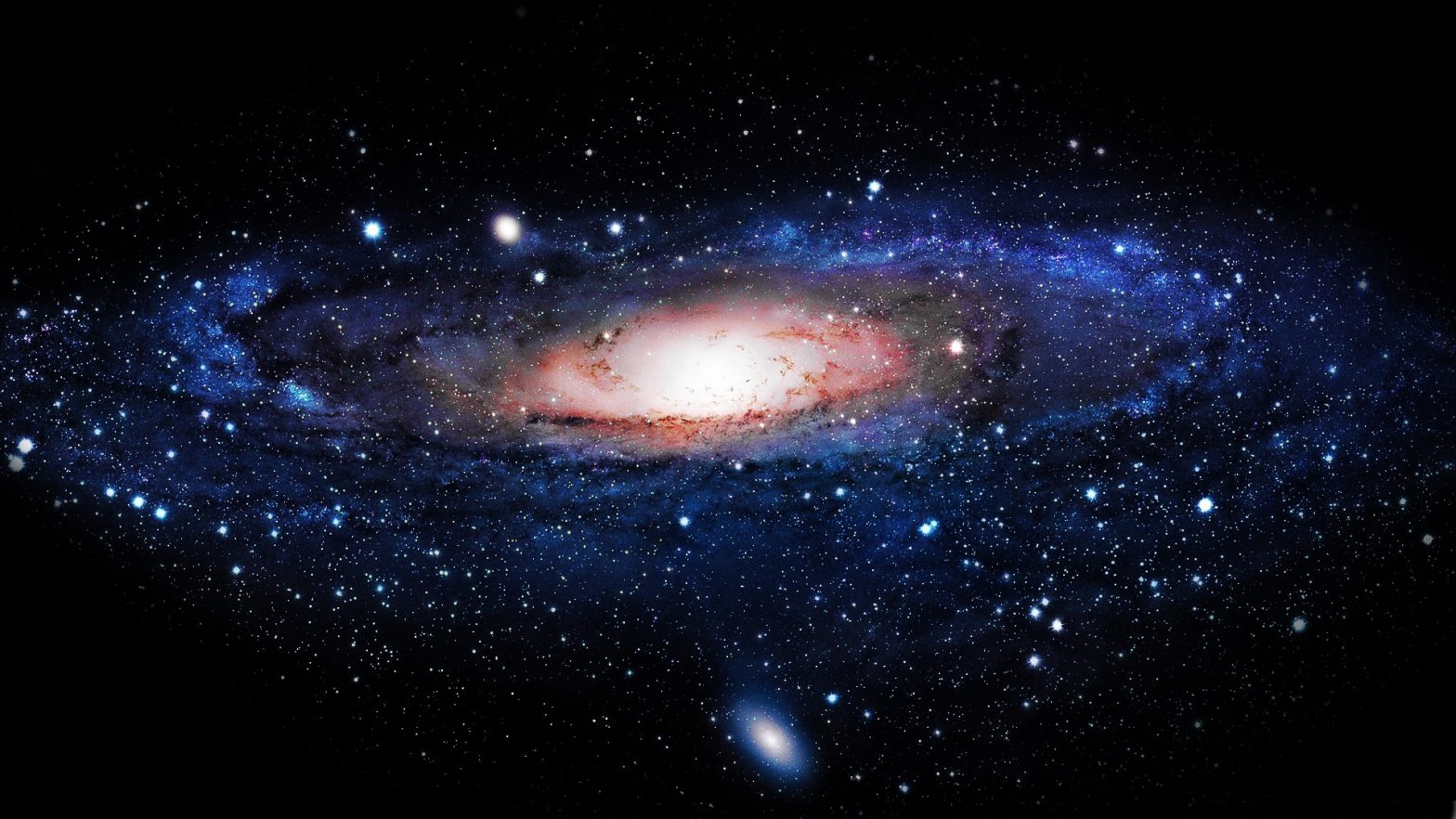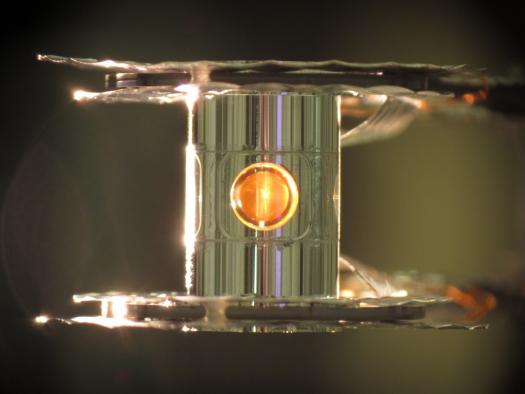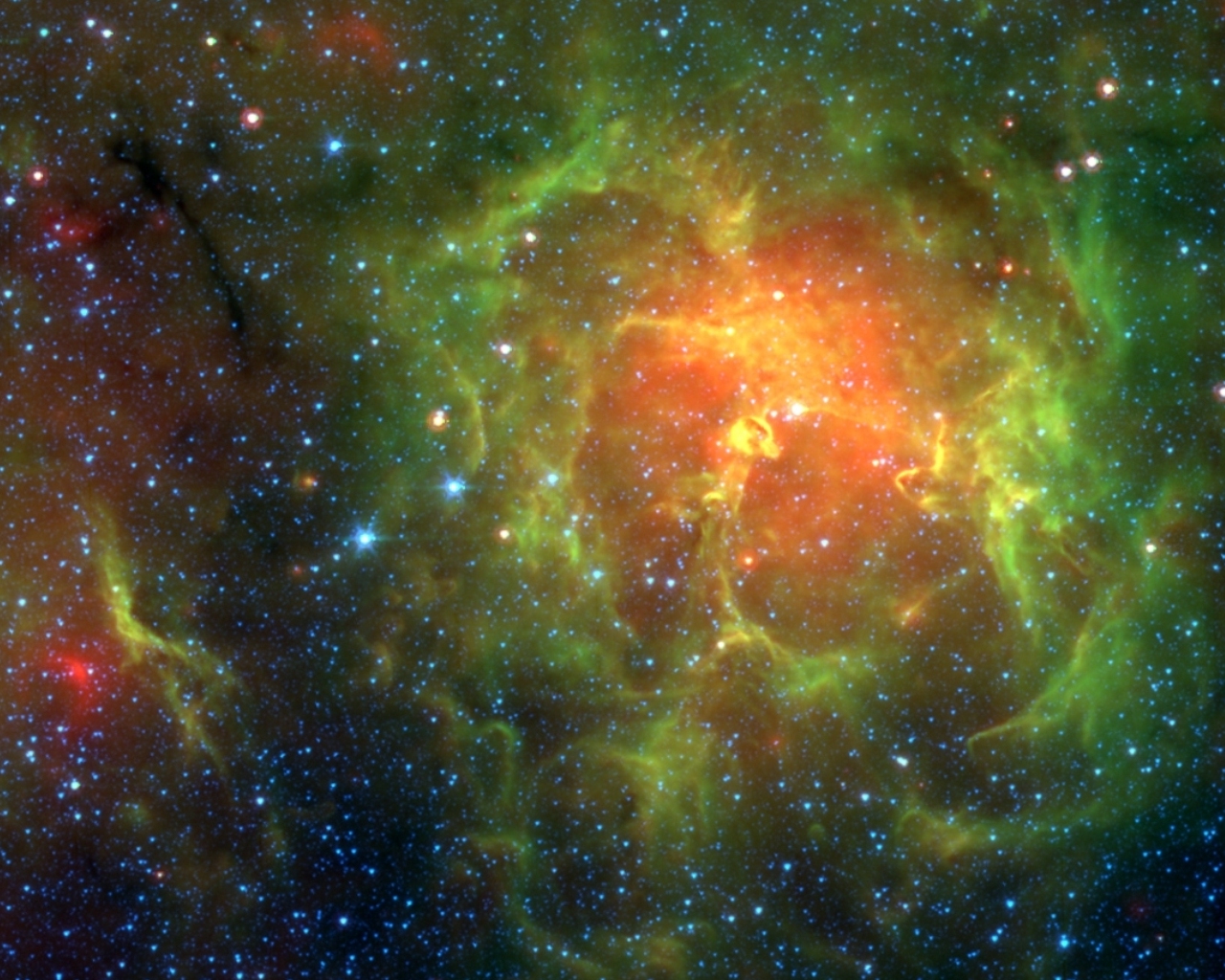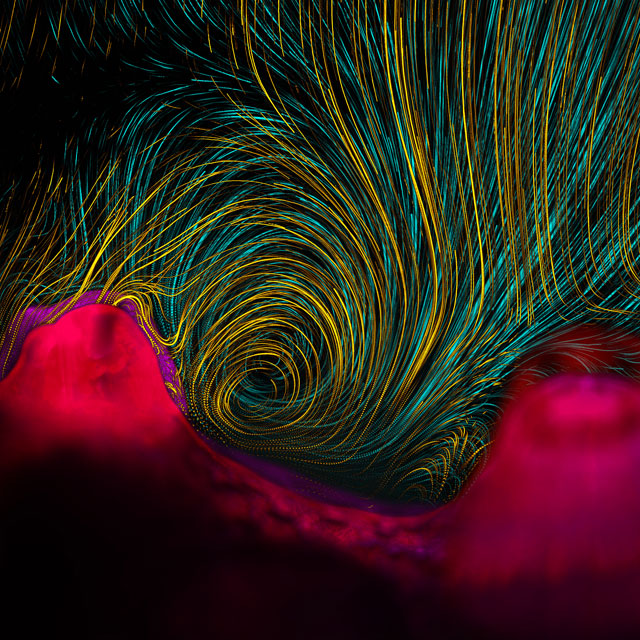கருந்துளைகள் 01 – முரண்படும் இயற்கை விதிகள்
பூமியில் இருந்து ஒரு விண்கலம் பூமியின் ஈர்ப்பு விசையை விட்டு விண்வெளியை அடையவேண்டுமெனில் அது ஒரு செக்கனுக்கு 11.2 கிலோமீட்டர் வேகத்தில் பயணிக்கவேண்டும். அவ்வாறான வேகத்தில் பயணித்தே நமது விண்கலங்கள் விண்வெளியை அடைகின்றது. ஒரு கல்லை எடுத்து, வான் நோக்கி வீசி எறிந்தால், அக்கல் சிறிது தூரம் மேலெழும்பி, மீண்டும் கேழே விழுந்துவிடும். நாம் எறியும் வேகத்தைப் பொறுத்து அது மேலெழும்பும் தூரம் வேறுபடும். ஆக நீங்கள் எறியும் கல் மீண்டும் திரும்பி விழாமல் இருக்க வேண்டும் என்றால் நீங்கள் அதை ஒரு செக்கனுக்கு 11.2 கிலோமீட்டர் வேகத்தில் பயணிக்குமாறு எறியவேண்டும். இவ் வேகமானது விடுபடு திசைவேகம் (escape velocity) என அழைக்கப்படும். கோள்களின் திணிவுக்கு ஏற்ப அவற்றின் விடுபடு திசைவேகம் மாறுபடும்,
Read more

